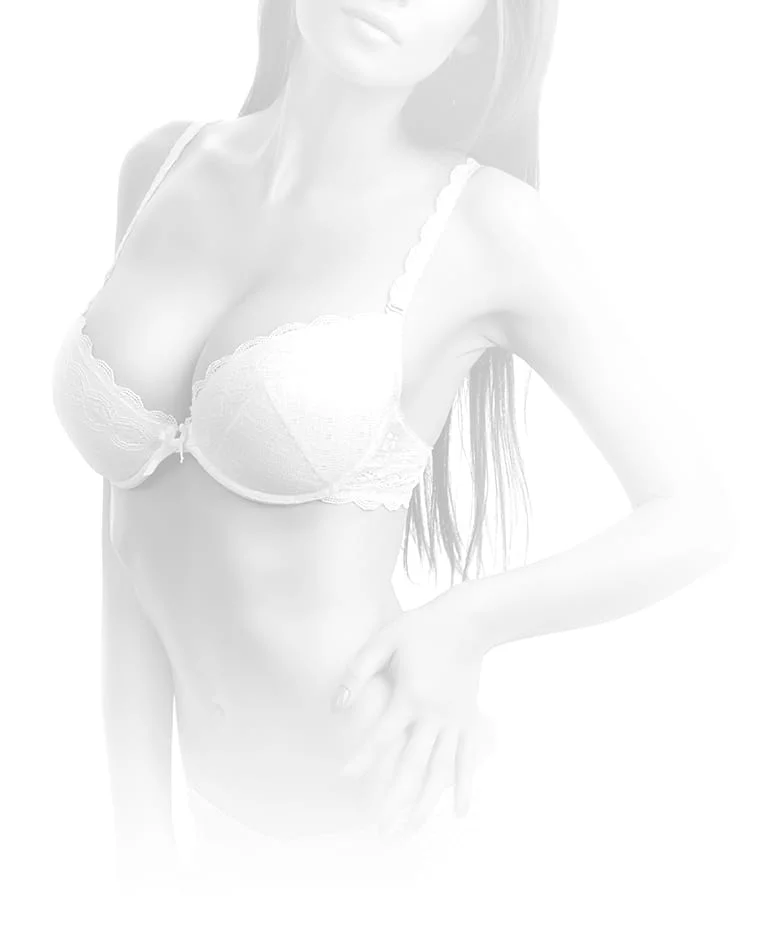Home|Blog | Has Pregnancy and Breastfeeding Ruined Your Breasts?
Has Pregnancy and Breastfeeding Ruined Your Breasts?
3 Minute Read:
The joy of bringing a new life into this world is like no other. Nevertheless, pregnancy and breastfeeding can take a heavy toll on a woman’s body, and the effects are unforgiving.
Whether you’ve had one child or several, it’s not uncommon for mothers to experience significant physical and physiological changes that result in loss of breast volume and sagging tissues. While these changes are natural and inevitable, many women feel less attractive and comfortable with their bodies. This frequently leads to a loss of self-confidence.

Feeling unsettled with these changes is absolutely reasonable as breast aesthetics is important to a woman’s overall appearance. Thankfully, many options exist to fix deflated and saggy breasts (ptosis) including breast augmentation and/or breast lift.
When exploring any of these options, it helps to understand what each procedure can accomplish for you.
What Does Cosmetic Breast Surgery Do?
The purpose of a breast augmentation is to modify the size and shape of the breasts using implants, resulting in fuller, rounder breasts. On the other hand, a breast lift removes excess skin and reshapes the natural breast tissue, resulting in a firmer and perkier breast appearance. A lift can also improve breast asymmetries and shape irregularities.
Depending on your concerns, either or both of these procedures can dramatically improve the size, shape and position of your postpartum breasts.
How Pregnancy and Breastfeeding Changes Your Breast
During pregnancy, the breast tissue undergoes hormone-induced enlargement in preparation for lactation. By the time of delivery, the breasts become fuller to accommodate milk production post-childbirth, causing the skin to stretch further.
Once you are no longer breastfeeding, involution begins, causing the tissues inside your breast to shrink. These rapid changes in breast size often mean that the skin may not retract (tighten) around the new contour of your breasts, leading to sagging and deflated breasts.
When to Consider Breast Augmentation
Breast augmentation is ideal for women looking to increase breast size, correct asymmetry, and enhance shape due to lost volume and firmness. An implant is placed underneath the breast tissue or muscle to restore the internal volume and balance lost to the chest.
This procedure is not a treatment for droopy breasts.
When to Consider a Breast Lift
For women whose breasts have retained sufficient volume but no longer look youthful and perky, a breast lift procedure (mastopexy) can effectively eliminate sagging by lifting the breast to the desired placement and recontouring the tissues.
Furthermore, if you have significantly large areolas or downward-pointing nipples that sit below your breast crease, a breast lift can reduce the size of the areolas and enhance nipple projection.
The removal of extra skin can also reduce the presence and even severity of stretch marks that may have occurred during pregnancy (if the stretch marks are located on the skin that is removed).
Combining Breast Augmentation with a Lift
After pregnancy, fullness in the upper part of the breasts can diminish over time, resulting in deflated, sagging breasts and a lowered nipple position. In this case, a breast lift with implants can restore fullness, improve symmetry and create a more desirable breast shape.
Even as you consider your options, the first step in your breast rejuvenation journey is to consult with a qualified and experienced board-certified plastic surgeon like Dr. Steven Turkeltaub. Dr. Turkeltaub has extensive experience providing desirable, excellent outcomes for breast enhancement procedures and is highly regarded as a leading breast surgeon in Arizona.
Interested in Breast Surgery in Scottdale, AZ?
If you are dissatisfied with the appearance of your breasts post-pregnancy, feel free to contact us at (480) 451-3000 or fill out our online form to schedule your consultation and explore your procedure options.
